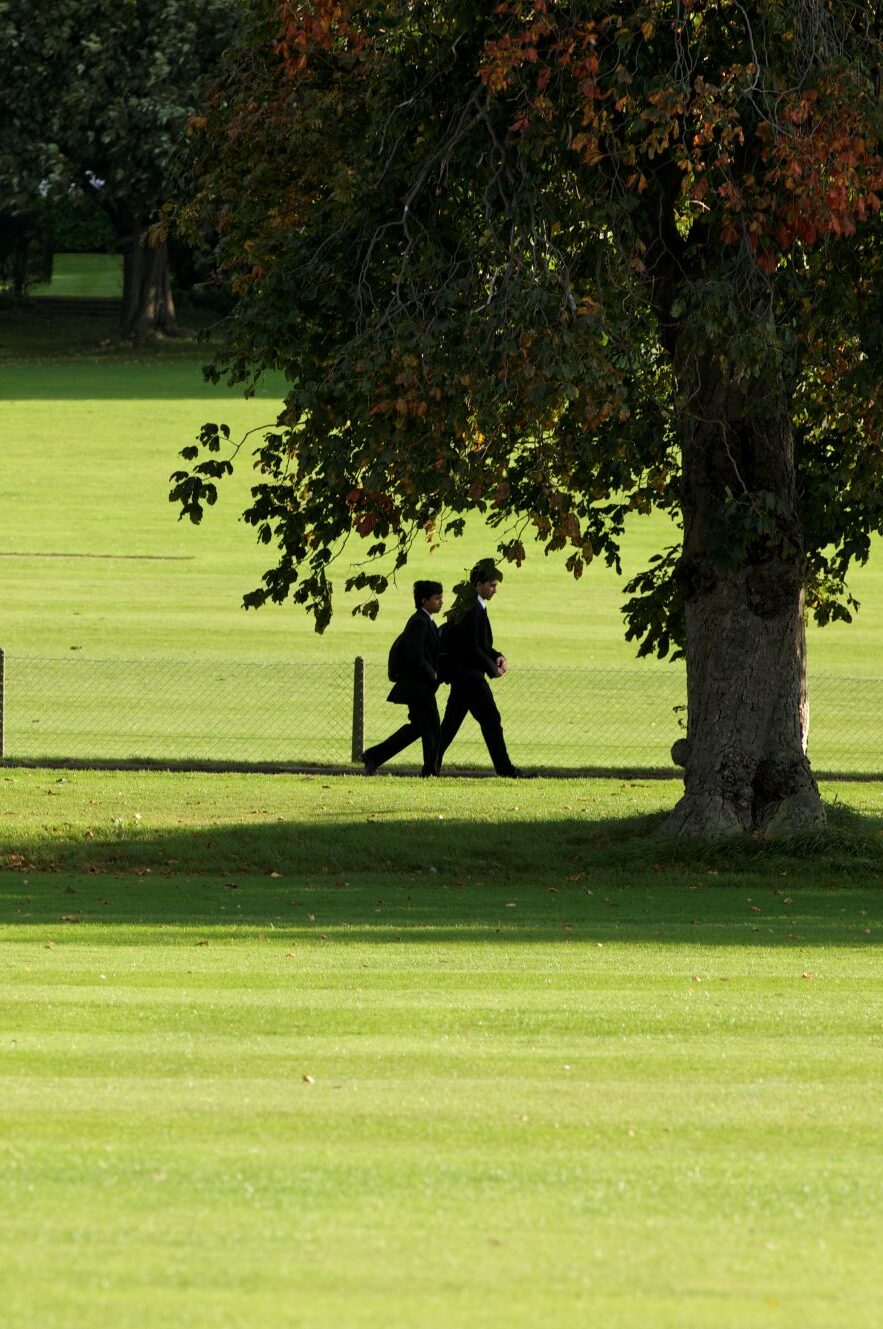Our Middle School Digital Leaders met in their focus group to discuss road safety, with the goal of educating their peers on the potential hazards posed by the road. This is extremely topical as the nights get shorter and the weather gets colder. Here is what they wrote:
Every day after school, hundreds of students walk home, chatting, scrolling, listening to music, or catching up on messages. It feels normal – even relaxing – to plug in and switch off from the noise of the day. But when we bring technology into that walk, we also bring risk.
According to the Department for Transport, 405 pedestrians were killed and over 6,000 seriously injured in Great Britain in 2023. (GOV.UK, 2024) While not all those incidents involved phones or headphones, research shows that distraction is becoming a growing factor, especially among younger age groups as they walk with devices in hand.
It is easy to think, “I’ll just check one message.” But that quick glance takes your eyes off the road for several seconds. At normal walking speed, that is enough time to step straight into the path of a car or cyclist.
Studies from road-safety charity, Brake, highlight that using a phone reduces attention to hazards by up to 37%. (Brake, 2024) Whilst the law focuses on drivers, the principle applies to everyone near traffic.
Remember: Distraction equals danger.
If you can:
- Keep your phone in your pocket or bag until you reach a safe place.
- If you need to send a message, stop, move away from the kerb, and then use your phone.
- Avoid crossing the road while reading, texting, or scrolling.
Now, on the topic of distractions, noise-cancelling headphones are great for focus, but not for walking near roads. You might not hear an engine, a bike bell, or a warning shout. Even at lower volumes, headphones can reduce your awareness of what is happening around you.
A Canadian study found that pedestrians wearing headphones are twice as likely to miss an approaching vehicle or signal compared to those walking without them. As more people use active noise cancellation (ANC), that risk increases.
If you can:
- If you wear headphones, keep one ear free when walking near roads.
- Turn off ANC so you can still hear important sounds.
- Save louder playlists for parks, buses, or safe walking areas away from traffic.
Pedestrian collisions often happen close to home; familiar places where people feel “safe enough” to multitask. Department of Transport data shows that most pedestrian casualties occur on built-up roads (30 mph zones), the kind that surround schools and local shops. (DfT, 2024) That means the danger is not a distant motorway, it is the
junction outside school, the zebra crossing by the station, or the car reversing out of a driveway. If your attention is on a group chat or phone call, you are less likely to spot the risks.
If you can:
- Take out your headphones when crossing.
- Pause your playlist as you approach busy junctions.
- Be extra alert in car parks, driveways, and bus stops.
Finally, there are many great safety apps you can use to keep your family and friends in the loop as you travel home. Apps like Life360, Find My, or Google Family Link allow trusted contacts to see your live location. You can set up alerts, so parents know when you have arrived safely, and most phones have built-in SOS features if you ever need help quickly.
If you can:
- Walk with friends or classmates whenever possible, especially when it is getting dark.
- Keep valuables (phones, headphones, wallets etc.) out of sight. Do not walk with your phone in your hand.
- Avoid shortcuts through alleys or quiet areas, stick to well-lit, busier routes.
- Trust your instincts: if something feels wrong, move toward a public place such as a shop or café.








